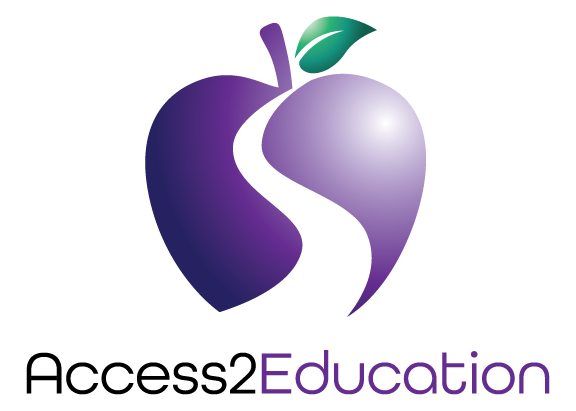Right to Read - Ontario Human Rights Commission Inquiry
Have you seen the story about The Ontario Human Rights Commission Inquest - The Right to Read? Over the past month the commission has been traveling the province of Ontario listening to students, parents and teachers talking about the importance of reading. Students are struggling to read because they are not being taught in a way that supports them.
The Right to Read - Ontario Human Rights Commission Inquiry
This past October the Ontario Human Rights Commission (OHRC) began making tours of eight school boards across Ontario. The commission is examining why school boards must use scientifically based reading approaches to support students in reading.
For information on the OHRC’s inquiry check out the blog post Decoding Dyslexia to learn more about some of the people spear heading this inquiry.
It is becoming clear to many families that the school boards are not doing enough. Over the next several months the OHRC will be holding meetings where they want to hear directly from the families, students and educators.
The goal of the inquiry is to discover if school boards are doing enough to set students up for success with reading.
Currently many schools are using something akin to discovery reading, hoping children will learn through just doing. What is now becoming clear is that is not the case.
According to the OHRC one-quarter of Grade 3 students, and 53% of students who struggle with learning challenges, do not meet provincial standards. These numbers are frightening.
Commissioner Renu Mandhane seeks to understand students who struggle to read.
So how children being taught to read in school?
If you go into a classroom today you will see children engaging with books. You will see teachers giving tips for reading such as “look at the picture” or “look at the word before or after'“.
What you won’t see, more often than not, is teachers showing children how to sound out the word. So for example, sounding out the word CAT would be C- A - T. At the moment students are expected to understand that it says CAT by just looking at it.
What is becoming clear to educators and the public at large is that this is not working for students who are struggling. Students with Dyslexia, or other Language Specific Learning Disability, need is a very clear and structured way to read.
This structure is the concept of phonics and the idea that letters have sounds and when those sounds are put together they together create the word.
Given the right tools all students to learn to read!
Reading is learned by understanding the sounds and symbols
So what can you do if you feel your child is struggling to read? Start by showing them how to sound out the letters in a word. If you are looking at getting tutoring for you child, ensure that the tutor is using a structured approach using phonics based learning.
When looking for a tutor check to see if they are using an approach such as Orton-Gillingham or other structured approach system.
If you want to learn more about some of these structured literacy programs check out my post Orton-Gillingham VS Wilson . The post gives you a basic understanding of the differences.
Most importantly… Don’t panic, with help and support your child can learn to read. The important thing is finding someone who can teach your child to read the right way.
Have you gotten your FREE IEP Binder Organizer yet? Join our mailing list to get yours and help keep your child’s school documentation in order.
““My son and I are recent arrivals to the world of IEPs and Delphine’s workshop provided a terrific road map through the process and the jargon. She took us page by page through an IEP and I came away with a strong understanding of the information contained in the document, as well as how to be a much more effective advocate for my child’s needs.” ”
Follow me on Instagram @access2educationtoronto and Facebook.











June can be a scary time of year for those who struggle with transitions. Looking at BIG T Transitions and little t transition can help you build a transition to ensures the success of your child.